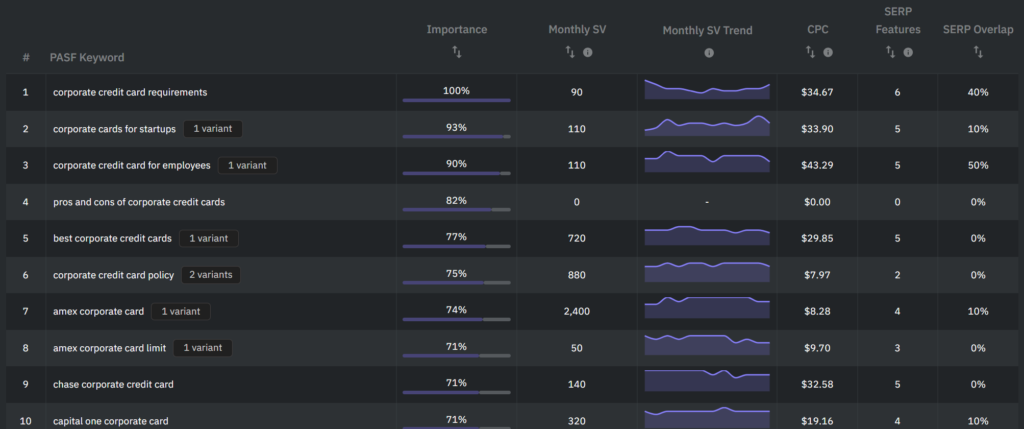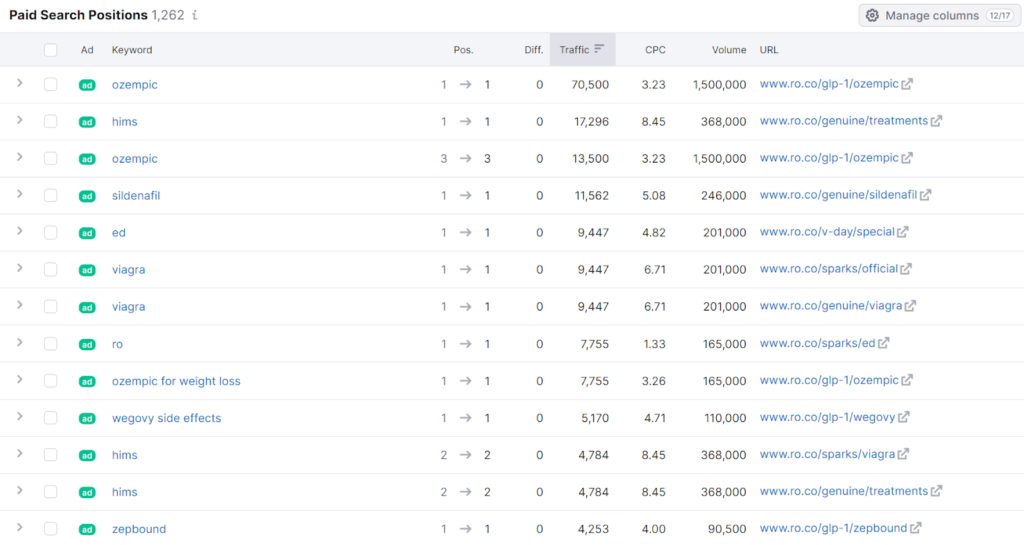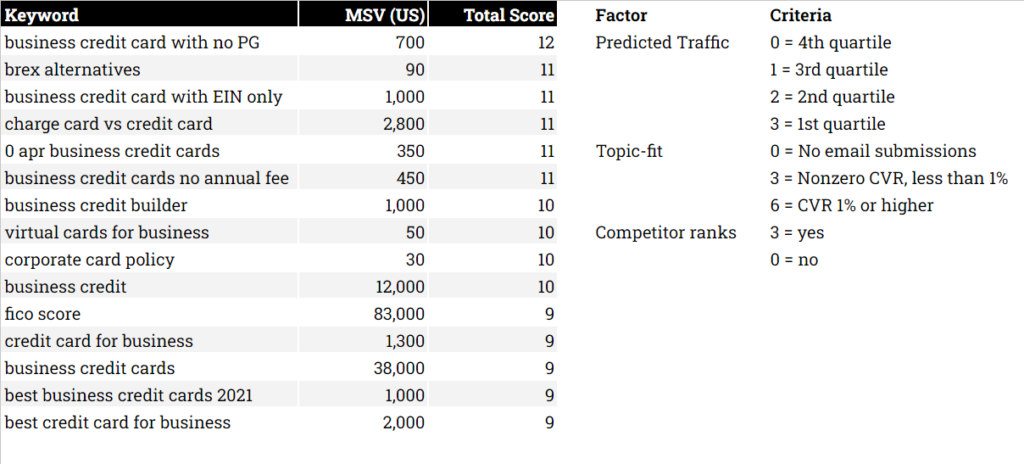

Last updated on

The traditional method of keyword research has become obsolete. Rather than occasional sprints, focus on constructing a comprehensive keyword universe to thoroughly explore and dominate.
A Keyword Universe functions as a vast reservoir where crucial keywords rise to the surface, residing within a spreadsheet or database such as BigQuery.

The primary objective is to establish a keyword pipeline tailored for content creation, prioritized based on its business impact.
Keyword Universes streamline the identification of high-impact topics, enabling companies to strategically plan their content output, such as determining the quantity of published articles.

A significant challenge in SEO is the uncertainty surrounding which keywords lead to conversions before targeting them. The Keyword Universe addresses this challenge by employing an ingenious sorting mechanism.
One notable advantage of the Keyword Universe over research sprints is its automatic incorporation of new keywords into a natural prioritization system.
SEO professionals can continuously conduct research and introduce new keywords into the universe, while writers have the flexibility to select keywords from the list at any given time, fostering fluid collaboration.

Keyword Universes hold particular relevance for companies tasked with generating their own content rather than relying on user-generated content or product-driven strategies. I refer to these companies as Integrators. Common examples include SaaS (Software as a Service), direct-to-consumer (DTC) brands, and publishing businesses, which lack a predetermined framework for keyword prioritization.
Conversely, there are Aggregators, which expand organic traffic through user-generated content (UGC) or product inventories. Examples of Aggregators include TripAdvisor, Uber Eats, TikTok, and Yelp. For Aggregators, the keyword trajectory is defined by their page types, with target topics emerging from their product offerings.
For instance, Yelp recognizes the significance of “near me” keywords and query patterns like “{business} in {city}” because they correspond to the primary use case for their local listing pages.
However, Integrators do not enjoy the luxury of predefined keyword paths. Instead, they must rely on alternative signals to prioritize keywords based on their business impact.
Creating a Keyword Universe involves a structured three-step approach:
Keyword exploration is a foundational aspect of SEO, involving the systematic gathering of a diverse array of keywords. Traditionally, this begins with a set of initial keywords, known as seed keywords, which are inputted into third-party rank trackers to uncover related terms and additional suggestions. While this method is effective, it’s essential not to overlook other valuable sources of keyword inspiration, including:


The primary objective of this initial step is to expand the Keyword Universe by accumulating as many relevant keywords as possible. However, prioritizing relevance comes in Step 2.
In the second phase, refining the extensive list of keywords becomes pivotal within the framework of Keyword Universes. Proper execution establishes an effective prioritization system tailored to your company’s needs, while missteps can result in wasted resources. While anyone can compile a lengthy list of keywords, constructing robust filters and sorting mechanisms presents a considerable challenge.
Traditionally, prioritization has relied heavily on search volume as a primary metric. However, this approach often falls short, as keywords with higher search volume may not necessarily yield the best conversion rates.
Given the uncertainty surrounding which keywords are most critical for business success, it’s essential to establish sorting parameters based on robust signals. A comprehensive approach involves aggregating various indicators for each keyword and sorting the list based on a cumulative score. This methodology has proven effective in prioritizing content strategy for esteemed clients such as Ramp, recognized as the fastest-growing fintech startup in history.

Sorting involves establishing an initial set of signals and iteratively refining them based on feedback. Initially, each signal is assigned a weight based on educated estimations, which are adjusted over time for improved accuracy.
Potential signals for sorting (not all are mandatory):
Each signal is assigned a weight ranging from zero to 10 or zero to three, with higher numbers indicating stronger influence and zero indicating no impact. The total score derived from the sum of these weights determines the sorting order of the keyword list. Keywords with the highest total scores are prioritized at the top, while those with lower scores are ranked lower. New additions to the list automatically fit into this prioritization framework based on their respective scores.
Continual refinement is essential for optimizing performance, akin to the iterative process of fine-tuning a language model like an LLM. This phase involves adjusting the weighting of sorting signals based on observed outcomes, ensuring the Keyword Universe evolves to deliver increasingly effective results.
There are two primary methods for fine-tuning:
Example Formula: Monthly Search Volume * Click-Through Rate (position 1) * Conversion Rates * Lifetime Value = Revenue Prediction
Having the right filter isn’t just an SEO concept; it’s a fundamental principle for navigating life. Our filtering mechanisms consist of worldviews, principles, and values molded by our experiences.
Prioritizing what truly matters (sorting) enables us to sift through the noise (distractions, tempting offers, shiny distractions) and guide us toward our desired destinations. However, these filters can’t evolve without refinement through feedback.
For a significant duration, I operated under the assumption that managing a large team was the most effective path to earning respect and financial success.
As it turns out, that’s not necessarily the case. Yet, it took me years and a few painful lessons to arrive at this realization.
These lessons and the subsequent reflection serve as feedback mechanisms, aiding me in fine-tuning my filter and establishing clearer priorities, much like adjusting the weighting of sorting signals in our Keyword Universe reveals more pertinent target keywords.
The essence of utilizing signals lies in understanding which factors influence our decisions and utilizing feedback to enhance them.
Original news from SearchEngineJournal